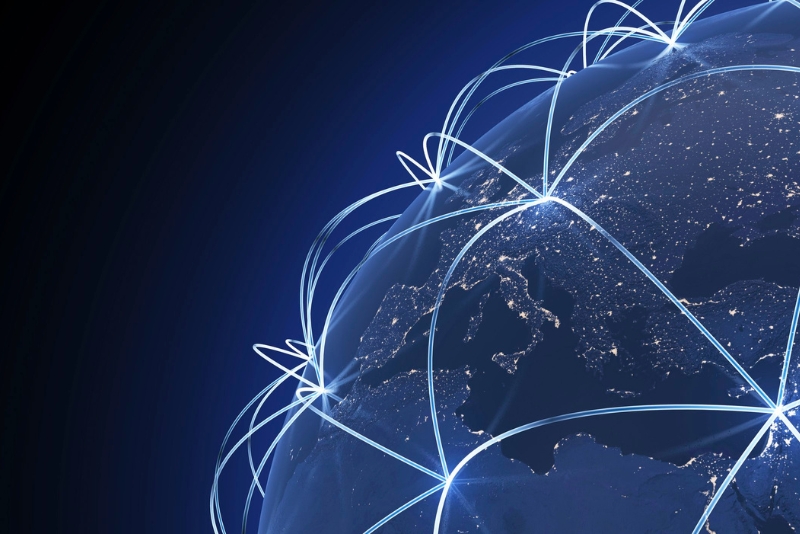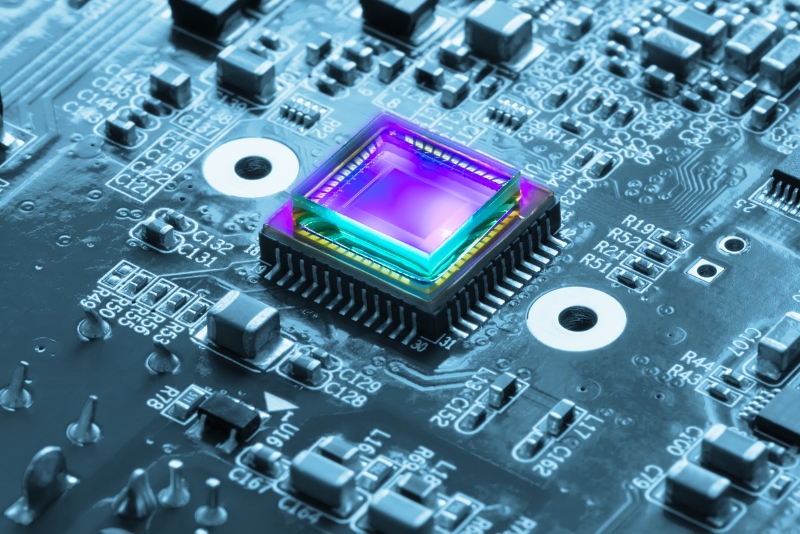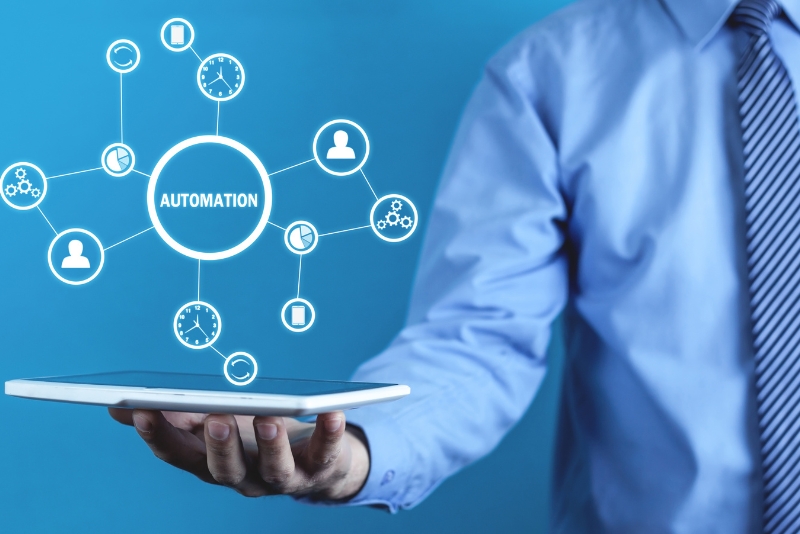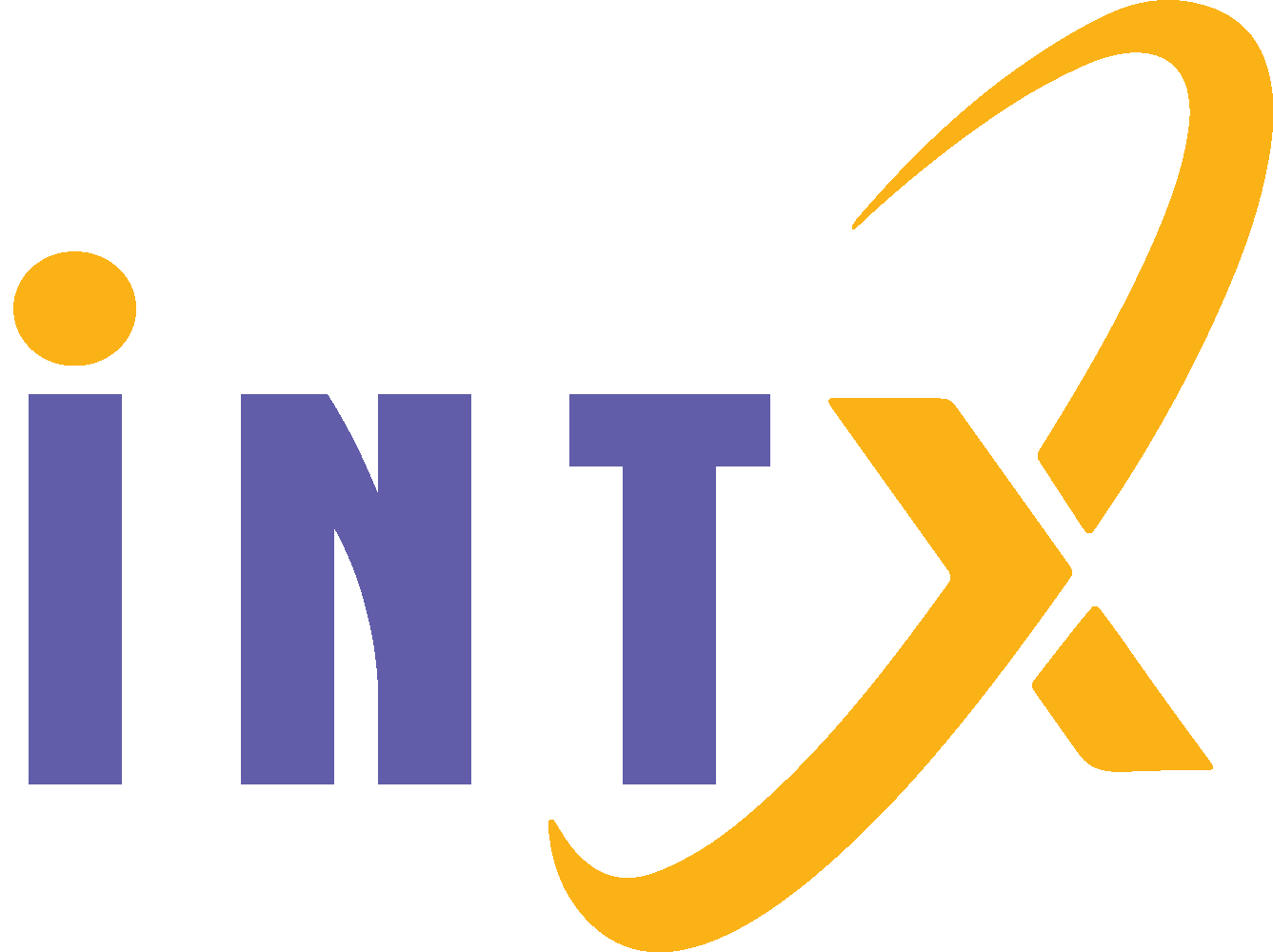Subtotal 0 ₫
Introduction to IoT
The Internet of Things (IoT) is a transformative concept that is rapidly reshaping the way we interact with the world around us. The key factors driving the growth and adoption of IoT include:
1. Connectivity

The integration of various communication technologies, such as Wi-Fi, Bluetooth, cellular networks, and specialized protocols like Z-Wave and ZigBee, enables IoT devices to establish connections and exchange data, forming the backbone of the IoT ecosystem. This seamless connectivity allows for the seamless flow of information and coordination between different components of the IoT system, facilitating the exchange of data and enabling the system to function cohesively as a unified whole.
2. Sensors

The presence of sensors is a crucial element of IoT, as they capture and measure a diverse array of data points from the physical world, providing valuable insights that can be leveraged for automation, optimization, and informed decision-making. These sensors can monitor a wide range of parameters, from temperature and humidity to motion, location, and biometric information, giving IoT systems a comprehensive understanding of the environment and user behavior. This data-rich input is essential for driving the intelligence and responsiveness of IoT applications.
3. Data Analytics and Machine Learning

The collected data from IoT devices is transmitted to cloud-based platforms or local processing units, where advanced analytics and machine learning algorithms are applied to extract meaningful insights. These insights can then be leveraged to enhance user experiences, improve operational efficiency, and enable predictive maintenance. By harnessing the power of data-driven analysis, IoT systems can adapt and respond to changes in real-time, optimizing processes and delivering personalized solutions to users.
4. Automation and Control

The automation and control capabilities of IoT empower users to remotely monitor and manage their connected devices and systems, leading to improved decision-making, optimized resource utilization, and streamlined processes across a wide range of industries. From adjusting the thermostat in a smart home to optimizing the production line in a smart factory, IoT enables individuals and organizations to enhance their control and decision-making, leading to increased efficiency, cost savings, and improved outcomes.
5. Diverse Applications

The applications of IoT span a diverse range of sectors, including smart homes, healthcare, transportation, agriculture, and more, each with its unique challenges and opportunities, showcasing the transformative potential of this technology. In the realm of smart homes, IoT technologies can automate tasks, improve energy efficiency, and enhance security and comfort for residents. In the healthcare sector, IoT-enabled medical devices and wearables can facilitate remote patient monitoring, personalized treatment plans, and improved disease management.
Similarly, IoT is revolutionizing industries like transportation, where connected vehicles and infrastructure can optimize traffic flow, enhance road safety, and provide real-time insights to commuters and logistics providers. In the agriculture sector, IoT-enabled sensors and drones can help farmers monitor soil conditions, optimize irrigation, and boost crop yields. The versatility of IoT applications highlights its ability to address a wide range of needs and transform various industries.
Conclusion
In conclusion, the Internet of Things (IoT) is a transformative technology that is reshaping our world by seamlessly connecting a vast network of devices, enabling the collection and exchange of data, and empowering automation and optimization across a wide range of industries.
The integration of connectivity, sensors, data analytics, and automation capabilities has unlocked unprecedented opportunities for enhancing user experiences, improving operational efficiency, and driving innovation. From smart homes and healthcare to transportation and agriculture, IoT is revolutionizing how we interact with and manage our physical environments.
However, the rapid growth of IoT also presents challenges that must be addressed, such as data security, privacy, and interoperability concerns. Overcoming these hurdles will require a collaborative effort between technology providers, policymakers, and end-users to ensure the responsible and secure development of this transformative technology.
As the Internet of Things continues to evolve, its impact on our daily lives, industries, and the global economy is expected to be profound. By harnessing the power of connected devices, data-driven insights, and intelligent automation, IoT holds the promise of increased efficiency, cost savings, and enhanced user experiences, ultimately transforming the way we live, work, and interact with the world around us.


